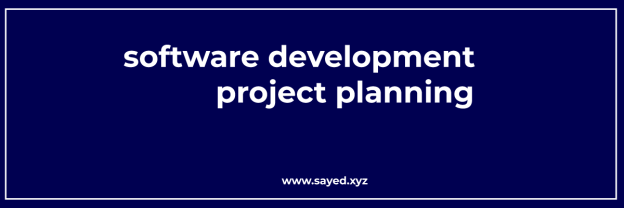A backend stack refers to the collection of technologies and tools that backend developers use to build and maintain the server-side components of a web application. This stack typically includes programming languages, databases, frameworks, and tools that handle the server logic, data storage, and communication with the frontend.
Here’s an outline of a typical roadmap for becoming a backend developer:
1. Programming Language:
Choose a programming language commonly used for backend development. Common options include:
- Python (Django, Flask)
- JavaScript (Node.js, Express.js)
- Ruby (Ruby on Rails)
- Java (Spring Boot)
- PHP (Laravel)
- Go
2. Version Control/Git:
- Learn how to use version control systems like Git for tracking code changes and collaborating with teammates.
3. Databases:
- Understand different types of databases, including relational (SQL) and NoSQL databases (MongoDB, Redis).
- Learn how to design and interact with databases efficiently.
4. RESTful APIs:
- Gain knowledge of designing and building RESTful APIs to enable communication between the frontend and the backend.
5. Web Servers and Deployment:
- Learn how to set up and configure web servers (e.g., Apache, Nginx).
- Understand the basics of deployment to ensure your applications are accessible online.
6. Frameworks:
- Familiarize yourself with backend frameworks that align with your chosen programming language.
- Learn how to structure applications, handle routing, and manage middleware.
7. Authentication and Authorization:
- Understand authentication mechanisms (e.g., OAuth, JWT) and authorization techniques to secure APIs and routes.
8. Testing:
- Explore testing methodologies (unit, integration, end-to-end) and tools (Jest, Mocha, Postman) to ensure code quality.
9. Web Security:
- Learn about common security vulnerabilities (e.g., SQL injection, XSS) and how to mitigate them.
10. Caching:
- Understand caching techniques (e.g., using Redis) to improve application performance.
11. Messaging and Queues:
- Gain knowledge of message brokers (e.g., RabbitMQ, Kafka) for handling asynchronous tasks and scaling.
12. APIs and Webhooks:
- Learn how to consume third-party APIs and create your own APIs to integrate services.
13. Containerization and Orchestration:
- Familiarize yourself with Docker for containerization and orchestration tools like Kubernetes for managing containerized applications.
14. Scalability and Performance Optimization:
- Explore strategies for optimizing application performance and scaling as traffic grows.
15. Continuous Integration/Continuous Deployment (CI/CD):
- Learn about setting up CI/CD pipelines to automate testing, building, and deploying code.
16. Cloud Services:
- Understand cloud platforms like AWS, Azure, or Google Cloud for deploying and managing applications.
17. Microservices Architecture:
- Gain an understanding of microservices architecture for building modular and scalable applications.
18. Serverless Architecture:
- Learn about serverless computing, where you focus on code rather than infrastructure management.
19. Monitoring and Logging:
- Explore monitoring tools (e.g., Prometheus, Grafana) and logging practices for identifying and resolving issues.
20. Security Best Practices:
- Stay updated on security best practices, security audits, and compliance standards.
Remember that this roadmap provides a general guideline, and your path may vary based on your chosen technologies, the projects you work on, and your personal interests. Continuous learning and adapting to new technologies are crucial in backend development, given the rapid advancements in the field.

